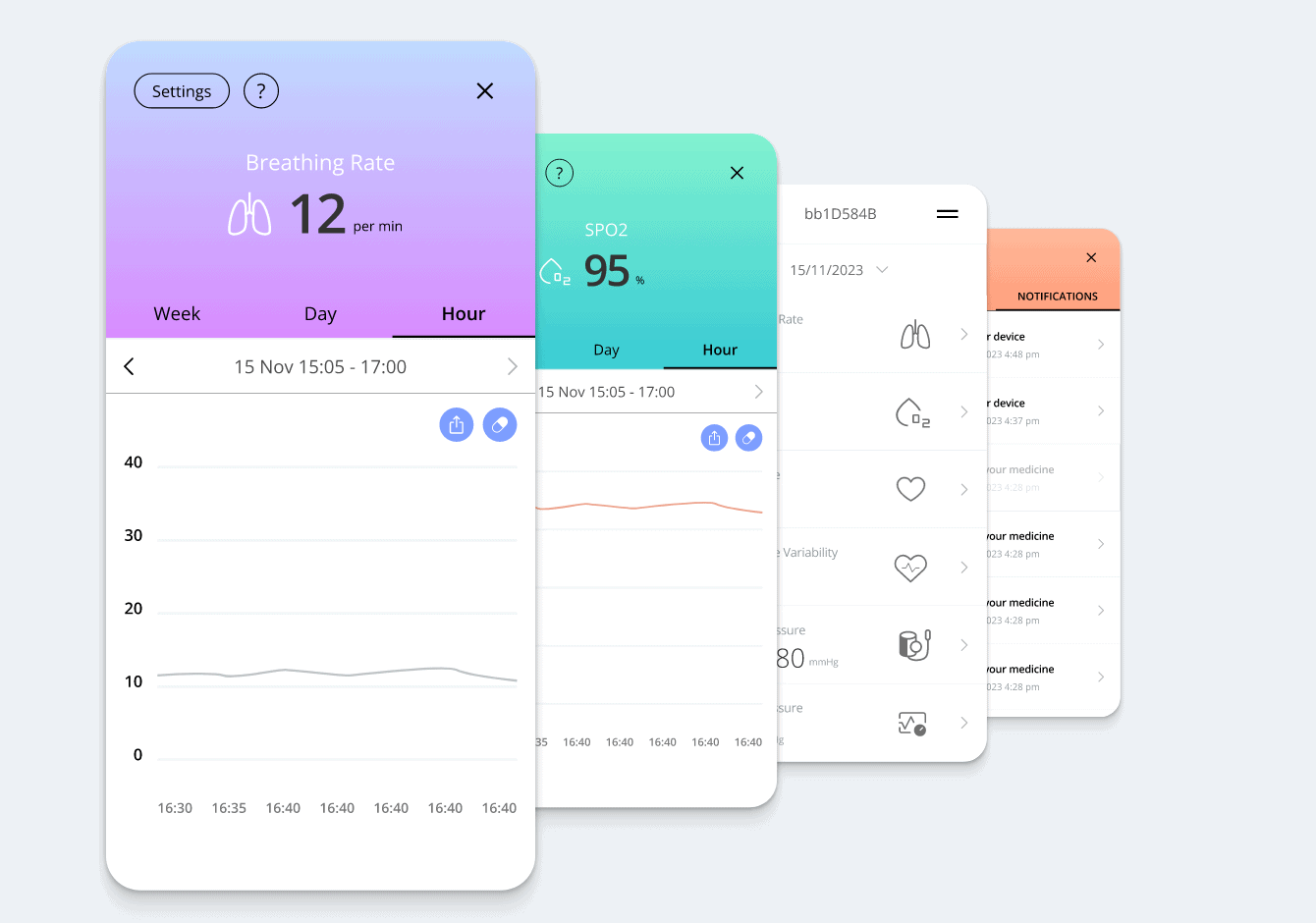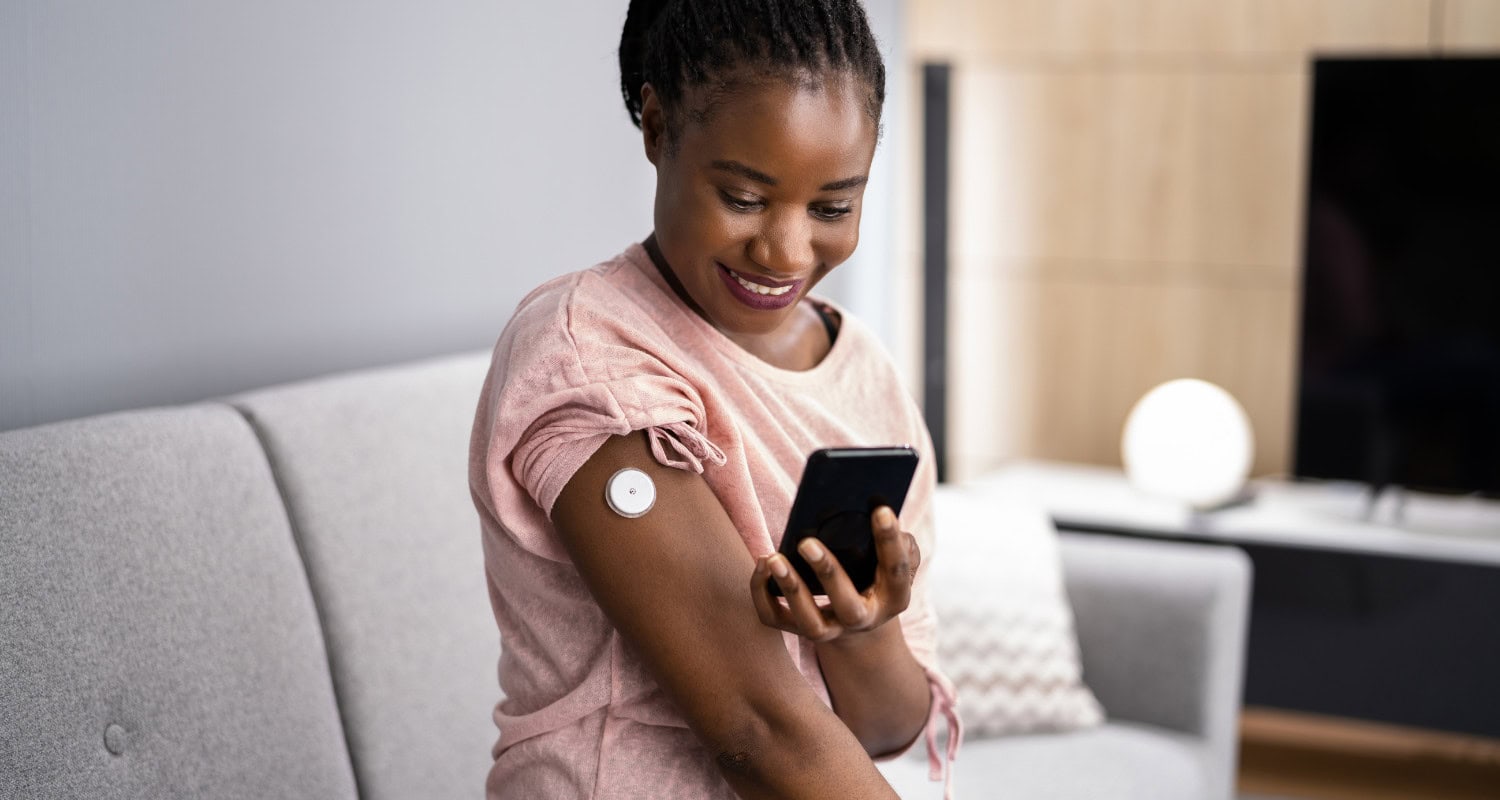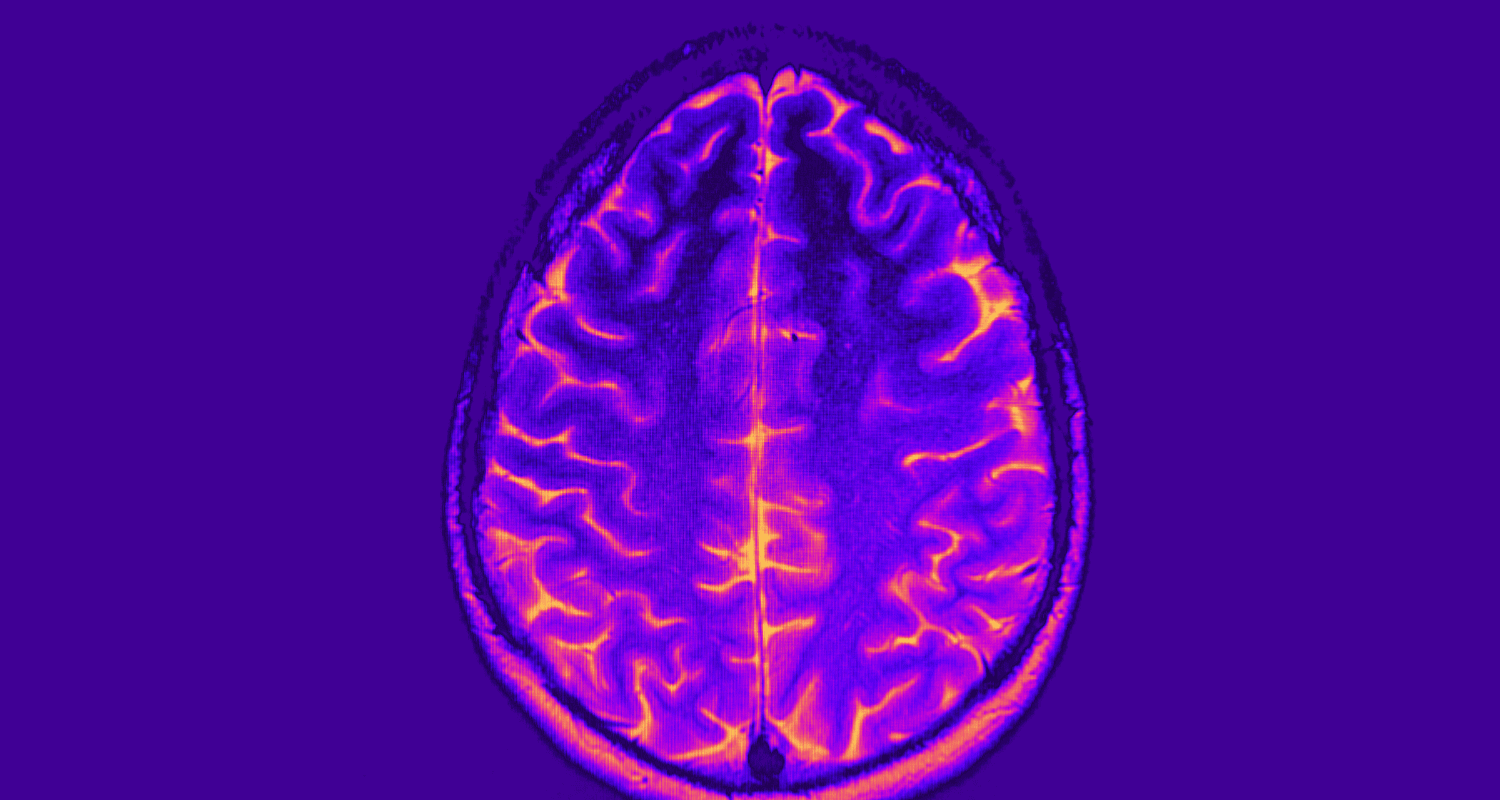As technology continues to shape our lives, health monitoring devices and health wearables have become trusted allies in health management for many people. With smartwatches tracking our vital signs and medical-grade sensors providing detailed health data, we can now monitor our health in ways that were once only possible in a doctor’s office.
The world of health devices is where technology, medicine, and what we need as consumers all come together, blending data analytics with our quest for better health.
With the global wearable medical devices market projected to reach $69.2 billion by 2028, keeping up-to-date in this quickly changing industry is crucial for healthcare organizations.
According to recent data, over 27.4% of the US population owns a smart wearable device that collects health data. And the share of owners increases annually, illustrating the growing acceptance and reliance on these devices.
Read our blog post to understand the landscape of health monitoring devices and get valuable insights into how these devices operate in different settings.
What is a Monitoring Device?
A monitoring device is a tool that continuously tracks, records, and analyzes data related to a health function or condition (e.g., heart rate, blood pressure, or glucose levels). These devices gather data in real time to detect trends, evaluate performance, or identify abnormalities.
The data collected by these devices provide critical insights into an individual’s health and enable timely interventions and personalized care. Common examples include wearable fitness trackers that monitor physical activity and sleep, continuous glucose monitors to manage diabetes, and portable ECGs that track heart activity.
The Evolution of Health Monitoring Devices
Health monitoring devices emerged mainly due to the increasing need for accurate and timely health information. Initially, these devices were simple tools used in clinical settings to track basic vital signs like temperature and heart rate. Their primary role was to provide immediate data that could help diagnose and manage acute medical conditions. The push to develop these early devices came from the need for more precise diagnostics and effective monitoring, especially in hospitals where patient care required constant attention.
Over time, tech innovations have transformed the form and capabilities of health monitoring devices. Microelectronics and wireless communication technologies have allowed manufacturers to minimize the size of devices, make them portable and, therefore, more accessible to the general public.
Medical wearables, such as fitness trackers and smartwatches, have become mainstream, allowing individuals to monitor their health metrics continuously and in real-time. The spread of wearables in everyday and clinical settings has provided consumers with more control over their health. On the other hand, healthcare professionals have received an opportunity to manage patients remotely and intervene only when necessary.
Today, wearable health monitoring devices are solving the challenge of preventive care and chronic illness management. As technology advances with AI and ML, modern medical devices can help predict medical issues before they arise based on the slightest changes in health indicators.
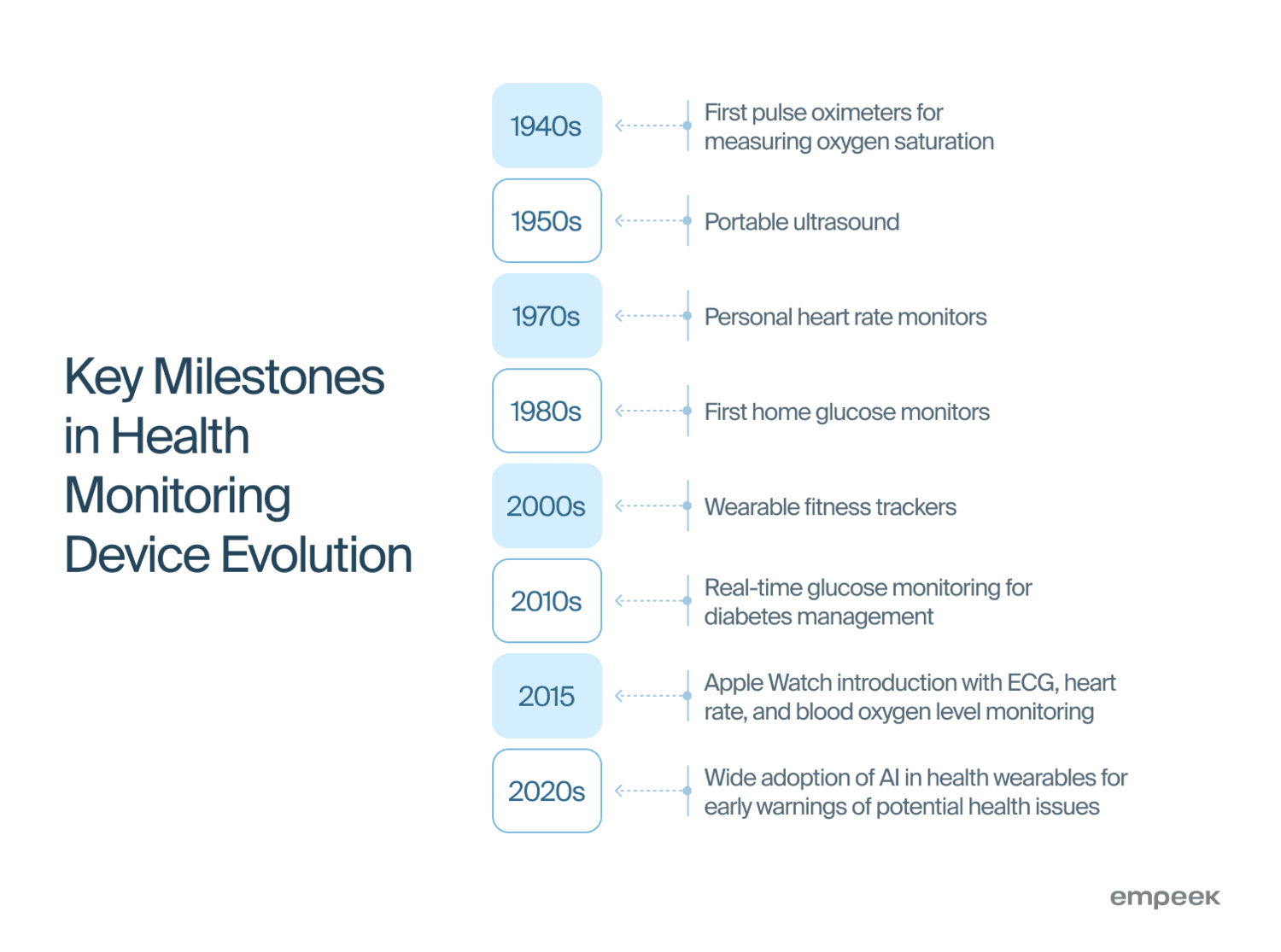
Main Types of Health Monitoring Devices
Health monitoring devices have become essential tools in clinical and everyday settings. While patients use them to get more flexibility and have their health monitored outside of hospital settings, medical staff can access valuable information. The generated health insights allow doctors to take action only when patients need help and optimize unnecessary interactions.
Below are the most common types of health-tracking devices with real-life examples. (Table 1)
Activity and Fitness Trackers
Activity and fitness trackers are among the most popular wearable devices in healthcare. The global market for fitness trackers is expected to expand by 6.60% annually between 2024 and 2029 and reach a market size of $56.82 billion by 2029. Typically worn on the wrist, these wearables monitor physical activity levels, steps taken, calories burned, and sleep patterns.
These gadgets keep tabs on your movement and how hard you’re working out by using built-in sensors like accelerometers and gyroscopes. Think of devices like the Fitbit or Apple Watch—they give you a snapshot of your daily activity, nudging you to stay active and build better habits. They’re especially handy if you’re trying to get moving more, shed a few pounds, or just make sure you’re getting a good night’s sleep.
Biometric Monitoring Devices
Although biometric monitoring devices are mostly known for tracking fitness activities, they have broader applications. Users can wear them to measure heart rate, blood pressure, and body temperature through embedded sensors or other noninvasive techniques.
A well-known example of biometric monitoring devices is the Withings BPM Connect for blood pressure tracking. This device with a wide-range cuff that measures cardiovascular health considerably simplifies the lives of people with chronic conditions like hypertension or diabetes.
ECG Monitors
Data Bridge Market Research shows that the global market for wearable electrocardiogram (ECG) monitors will reach USD 11.83 billion by 2029. ECG monitors are specialized devices that measure the heart’s electrical activity. They can detect arrhythmias, heart attacks, and other anomalies. Such health monitoring is critical for individuals at risk of cardiovascular diseases as they get a convenient way to track their heart conditions and receive alerts in case of any health risks.Empeek has developed a mobile cardiac telemetry device with a portable ECG sensor that is compact enough to be worn discreetly under clothing.
The wearable health monitor conveniently tracks heart conditions and alerts users to seek medical attention in case of high-risk abnormalities. Once users place electrodes on the abdomen and chest, the device starts monitoring the heart’s electrical activity and transmits the data to the system via Bluetooth. An algorithm then processes the data to generate a cardiogram, which healthcare professionals can analyze to detect abnormalities.
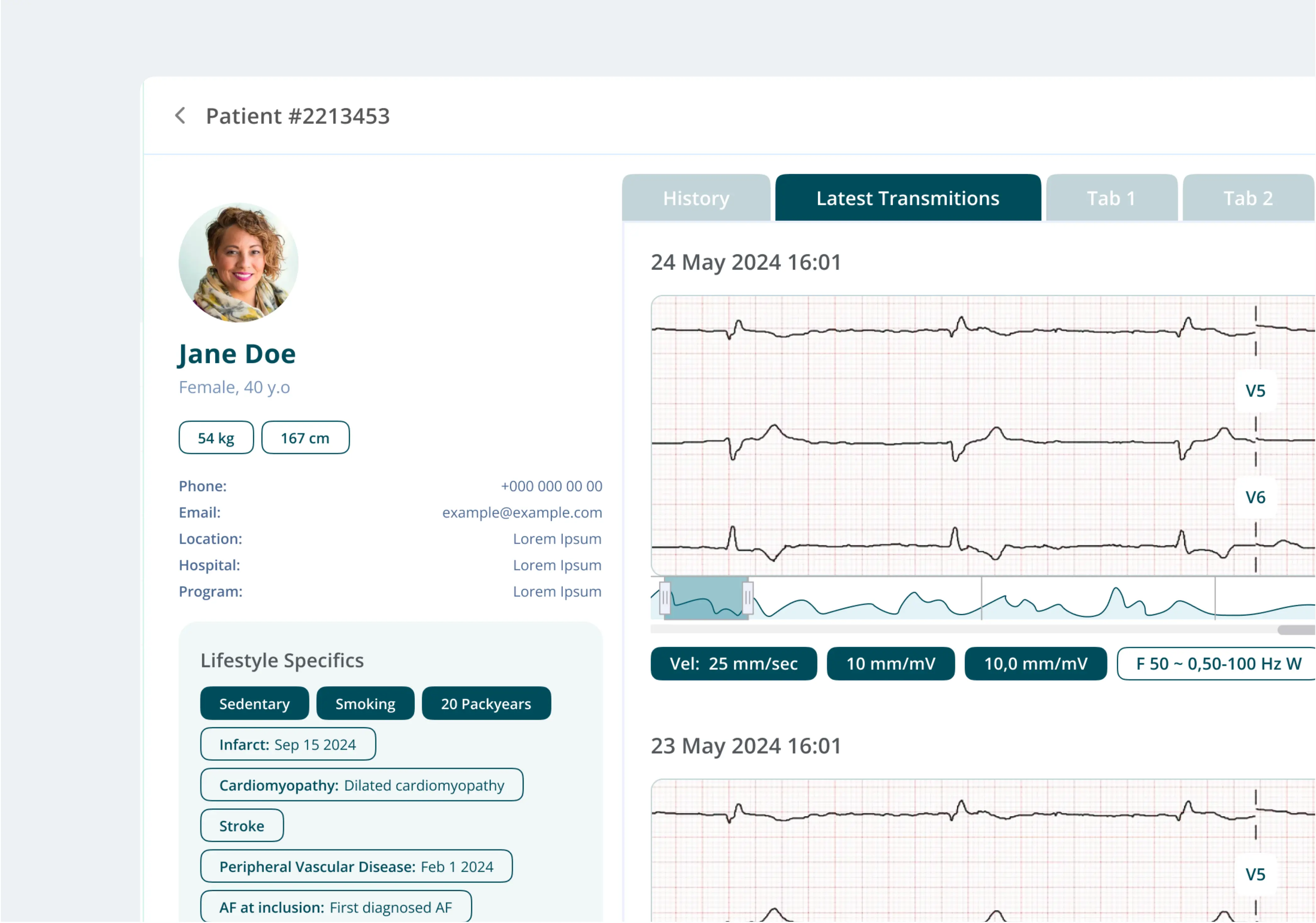
Remote Weight Monitoring
Remote weight monitoring devices, like smart scales, track body weight and composition metrics such as body fat percentage and muscle mass. These devices often connect to mobile apps and provide users with trends and analytics. An example is the Garmin Index Smart Scale, which syncs data with a smartphone to help users manage their weight goals. Remote weight monitoring is helpful for individuals managing conditions like obesity, as it allows them to stay informed about their progress and make informed lifestyle changes.
Wearable Skin Patches
Wearable skin patches are emerging as a versatile tool for continuous health monitoring. These patches adhere to the skin and can measure a variety of biomarkers, including glucose levels, hydration, and even drug delivery. The sensors in the patch detect these biomarkers by analyzing the interstitial fluid, sweat, or other biological parameters on the skin’s surface. The collected data is then processed and can be transmitted wirelessly to a mobile device or healthcare system for real-time monitoring and analysis.
One well-known application is the Freestyle Libre system, a continuous glucose monitor (CGM) for diabetes management. It provides real-time glucose readings without the need for frequent finger pricks. Such wearable medical devices revolutionize chronic disease management by offering less invasive, more comfortable options for monitoring vital health data.
Pulse Oximeters
Pulse oximeters measure the oxygen saturation level in the blood, a critical indicator of respiratory function. These wearable health devices are commonly used in clinical settings but have become more accessible to consumers, especially during COVID-19. A typical pulse oximeter clips onto a fingertip and uses light absorption through the skin to calculate oxygen levels. Devices like the Zacurate Pro Series 500DL provide quick and reliable readings and are valuable for patients with chronic obstructive pulmonary disease (COPD) or for monitoring oxygen levels during sleep.
Contact Lens Sensors
Contact lens sensors are a lesser-known but highly reliable approach to monitoring ocular medical conditions. They can measure intraocular pressure to manage glaucoma, detect ascorbic acid (AA) levels in tears to diagnose inflammation, and even track cancer biomarkers. Although still in developmental stages, these lenses have the potential to become a powerful and unobtrusive alternative for continuous health monitoring.
| Device type | Functionality | Examples |
| Activity and Fitness Trackers | Monitor physical activity levels, steps, calories, sleep patterns | Fitbit, Apple Watch |
| Biometric Monitoring Devices | Measure vital signs such as heart rate, blood pressure, body temperature | Withings BPM Connect, Omron HeartGuide |
| ECG Monitors | Measure electrical activity of the heart, detect arrhythmias, cardiac anomalies | KardiaMobile, AliveCor KardiaBand |
| Remote Weight Monitoring | Track body weight, body fat percentage, muscle mass | Garmin Index Smart Scale, Withings Body+ |
| Wearable Skin Patches | Measure biomarkers like glucose levels, hydration, drug delivery | Freestyle Libre system, Eversense CGM |
| Pulse Oximeters | Measure oxygen saturation levels in the blood | Zacurate Pro Series 500DL, Wellue O2Ring |
| Contact Lens Sensors | Measure intraocular pressure, and potentially monitor glucose levels in tears | Developmental prototypes for glucose monitoring and glaucoma management |
The growing use of health monitoring wearable devices is largely due to developments in technology and increasing interest in individual health care. These devices range from simple fitness bands to advanced Biometric sensors and contact lens health monitoring systems that help people know about their health conditions. As these healthcare wearables continuously evolve, they offer more efficient, accurate, and user-friendly features for controlling diseases and enhancing the quality of care.
How Efficient Are Wearable Devices in Healthcare
Wearable devices are particularly efficient in chronic disease management, preventive care, and early diagnosis. They keep patients and healthcare providers informed, generating valuable insights that allow them to make informed treatment decisions and achieve better health outcomes.
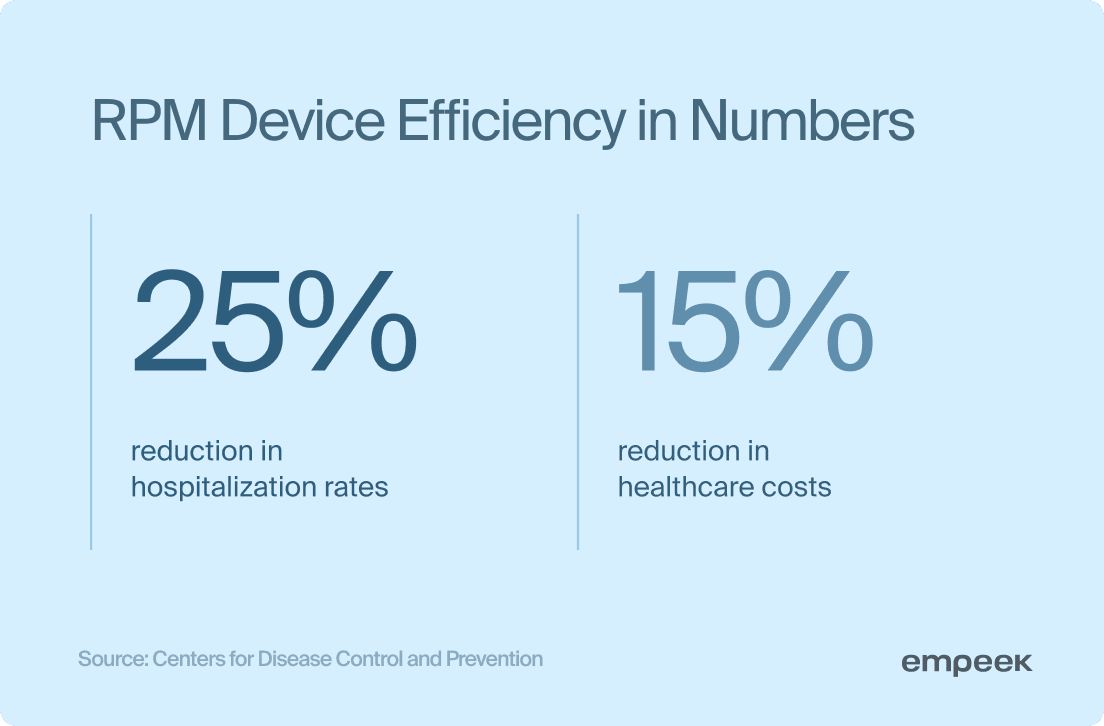
Heartbeat monitoring and the capability to analyze abnormalities such as atrial fibrillation (AFib) is one of the most widely used cases in the health monitoring device category for Apple Watch. The ECG app on the Apple Watch is also FDA-approved and is widely used to notify users of heart-related problems so that timely medical attention can be provided. In a more recent study, the use of the Apple Watch in measuring the ECG showed 100% sensitivity, proving that the device is reliable for remote monitoring after cardiac problems.
Other devices that have demonstrated impressive results are the Dexcom G6 CGM system, a wearable gadget that manages diabetes treatment. Dexcom G6 detects patients’ current glucose levels so they do not need to prick their fingers as frequently as before. The use of the Dexcom G6 has been found to reduce the time spent in hyperglycemia which is 2.4 hours per day compared to the sensor-augmented pump therapy.
One more example that showed impressive results was the ViSi Mobile device which measures physiological parameters, including heart rate, blood pressure and oxygen saturation. It has improved patient care by alerting medical staff about potential issues and reducing hospital visits.
The listed use cases are just a few examples that prove the effectiveness of wearable devices in tracking and managing different health conditions. The versatility of such smart devices and their use cases are much broader.
Technologies Used For Wearable Health Monitoring Devices
Wearable devices for health monitoring are becoming smarter and filled with tech innovations. They combine basic technologies such as cloud engineering and cutting-edge solutions like AI or predictive analytics. Therefore, if you decide to invest in wearable development and implementation, you need a cross-expertise medical device software development team.
Here are the main technologies you will use for custom wearable device development and the capabilities they bring.
Machine Learning
ML-based health monitoring devices rely on smart algorithms to process large volumes of information from sensors and generate valuable insights based on it. It helps discover patterns and anomalies in health data, such as irregular heartbeats, or predict potential medical issues.
Wearable devices can use ML to continuously learn from a user’s physiological data and provide personalized health summaries and recommendations. Thanks to adaptability, ML models improve accuracy and predictive capabilities over time and offer users more precise and timely health feedback.
Cloud Infrastructure
Cloud infrastructure offers the backend functionality to store device-generated data. Most importantly, it provides scalable computational resources that enable providers to complete complex analytics tasks without investing in hardware. Since healthcare facilities don’t have to invest in on-premises equipment to implement remote health monitoring, the cloud increases the cost-efficiency of such programs.
Scalability is one of the main benefits of the cloud and why most modern health tracking devices are based on cloud capabilities. If you have a cloud-based custom health monitoring system at your hospital and need to serve more users, the cloud makes it super easy. Besides, the cloud ensures proper data security through firewalls, data encryption, multi-step verification, and access management.
Bluetooth and BLE
Bluetooth and Bluetooth Low Energy (BLE) technologies are responsible for the connectivity of wearable health monitoring devices. Bluetooth-enabled healthcare devices can transmit data to smartphones, tablets, or other devices as required. BLE, in particular, is optimized for low power consumption. Therefore, it’s an essential technology for devices that need to work for extended time without recharging.
This technology facilitates real-time health data synchronization and allows users to monitor their health continuously. Moreover, Bluetooth and BLE support easy firmware updates and integration with various applications to enhance the user experience and the functionality of wearable devices.
Embedded Software and Firmware
Wearable health monitoring devices rely heavily on embedded software and firmware to function smoothly. The embedded software acts as the brain behind the scenes and coordinates all the hardware components like sensors, displays, and communication modules, making sure that everything runs smoothly and the user gets accurate, real-time data. Firmware, on the other hand, takes care of the more fundamental operations, such as managing power and handling direct interactions with the hardware.
Thanks to these technologies, wearable devices can collect data, process signals, and communicate efficiently.
Advanced Sensors
Advanced sensors enable wearable health monitoring devices to detect and measure physiological parameters of users. These sensors range from basic accelerometers and gyroscopes, which track movement and orientation, to more specialized ones like photoplethysmography (PPG) sensors for measuring heart rate and oxygen saturation.
As a result of sensor technology advances, the medical field has recently gained non-invasive glucose monitors and sweat sensors that track metabolic health and hydration in real time. These sensors are incredibly precise and small so they make it possible to monitor vital signs continuously and detect even the slightest changes in a person’s health.
Software for Wearable Health Devices Developed by Empeek
Empeek is at the forefront of developing innovative software solutions for medical devices. We develop custom software tailored to the strict demands and regulatory standards of the medical field. Empeek covers the full software development cycle and has expertise with advanced technologies like AI and ML, maximizing the benefits of health monitoring adoption for providers and patients. Below are some of our recent projects.
AI-Powered Heart Monitoring System
Our team has developed an AI-powered heart monitoring system that uses advanced algorithms and a neural network model to monitor heart activity, spotting issues like arrhythmias in real-time. The platform can accurately diagnose heart conditions with little need for human input thanks to automated classification and recognition of data.
BioBeat Wireless Medical Monitoring
Another Empeek project was a wireless medical monitoring system. We collaborated with BioBeat, which aimed to transform remote patient monitoring with PPG sensing and AI analytics. The implemented system tracks vital signs through a convenient wearable device, providing real-time health data and insights.
Conclusion
The landscape of health monitoring devices and wearable healthcare technology has evolved significantly, offering unprecedented capabilities in personal health management and clinical care. From fitness trackers and biometric monitoring devices to advanced ECG monitors and wearable skin patches, these innovations provide valuable insights into various aspects of health. They empower individuals to take a proactive approach to their well-being as well as enable healthcare providers to deliver more personalized and timely care.
The integration of advanced technologies such as machine learning, cloud infrastructure, and sophisticated sensors has further enhanced the accuracy and functionality of these devices. As the market continues to grow and technology advances, wearable health monitors will play an even more critical role in healthcare, improving patient outcomes and transforming the delivery of medical services. For more information or to discuss how these tech innovations and modern software can benefit your healthcare solutions, contact us.
